_________________
Rogers Mansion, 1750 to 1926
17 Meeting House Lane, Southampton Village
(631) 283-2494
Tues. to Sat., 11:00 am to 4:00 pm
$4 adults, free for children 17 and under
William Rogers purchased the property in 1648 and was owned by a Rogers descendent until 1880. The most prominent family member was whaling Captain Albert Rogers who in 1843 added a Greek-revival style addition onto an earlier farm house. The Captain had become newly rich, like many other Southampton business men, in the flourishing whaling industry which came to a sudden halt in 1847 due to the decimated whale population and over production of whale products. The classical style façade has Doric columns on the porch, an ornamental balastrude, and a belvedere (or widow’s walk). This type of house can be seen throughout the Hamptons and were almost always built from fortunes made in whaling. After a brief tenure by the Nugent family, Samuel L. Parrish purchased the property in 1899 and quickly added additions to the structure in the Colonial Revival style. Mr. Parrish, a very successful New York City attorney, was one of the first of Southampton’s summer colonists who began spending summers in Southampton in the 1880s to escape the heat of the City. The Mansion contains period rooms, an extensive toy collection, and temporary exhibits on local history and culture. Stanford White designed many of the renovations made in the early 20th century. The Research Center has books, manuscripts, maps and photographs on the history of Southampton. On the grounds are eleven historic structures including a one-room schoolhouse, a 19th century paint shore, a decoy carver’s workshop and the 1739 Sayre Barn.
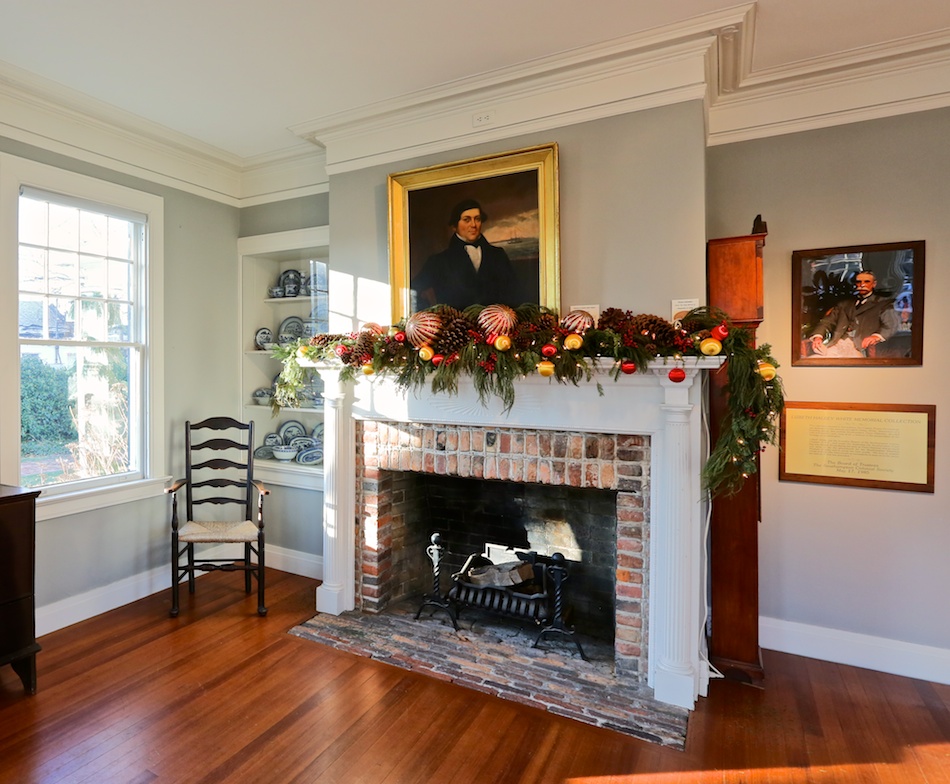
Portrait of Captain Albert Rogers, above mantel, and Samuel L. Parrish, to the right.
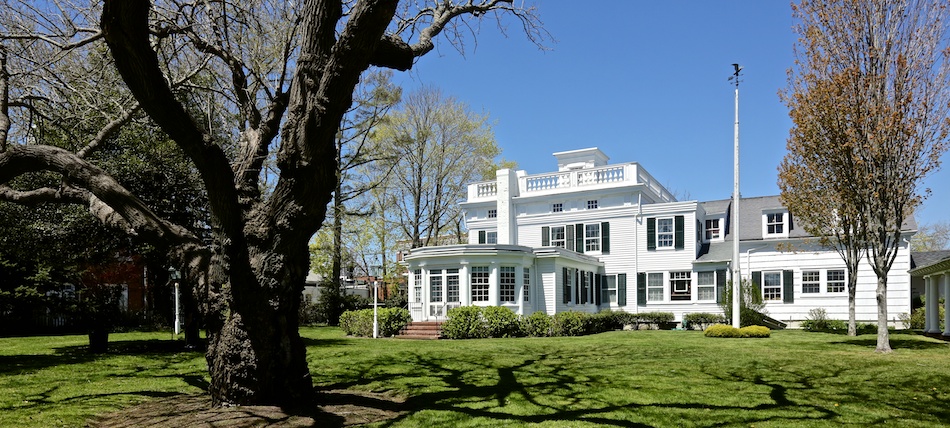

————————————————————-
Christmas, 2013, at the Rogers Mansion
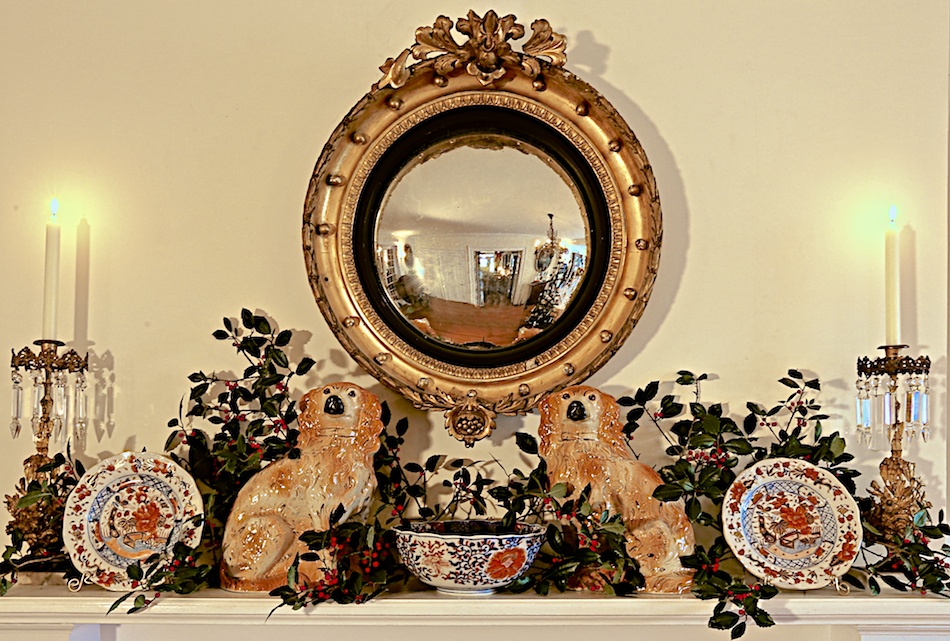
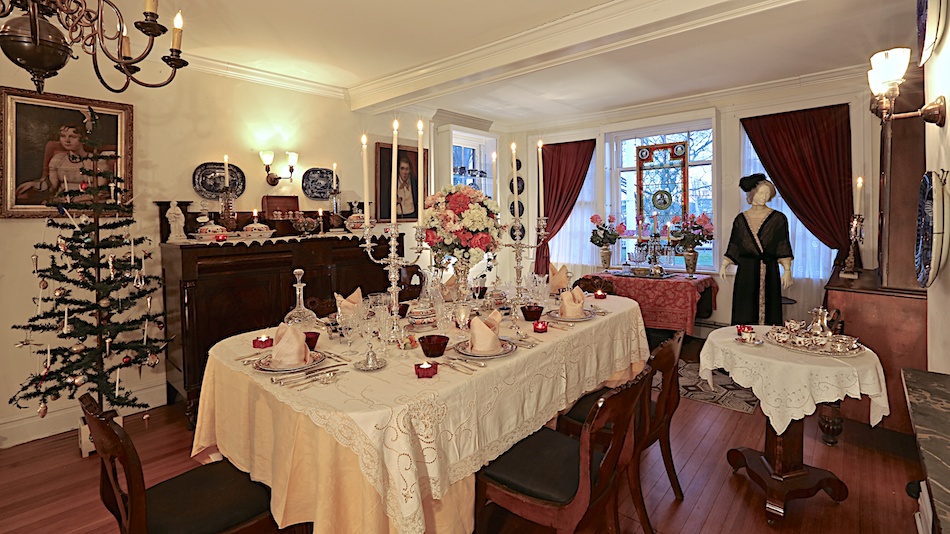


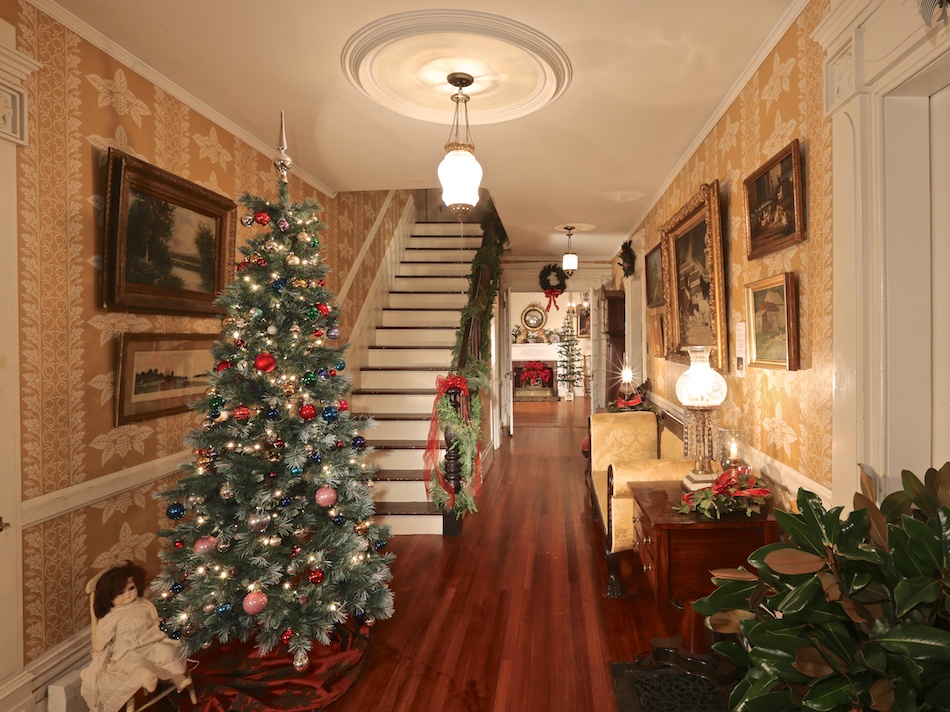
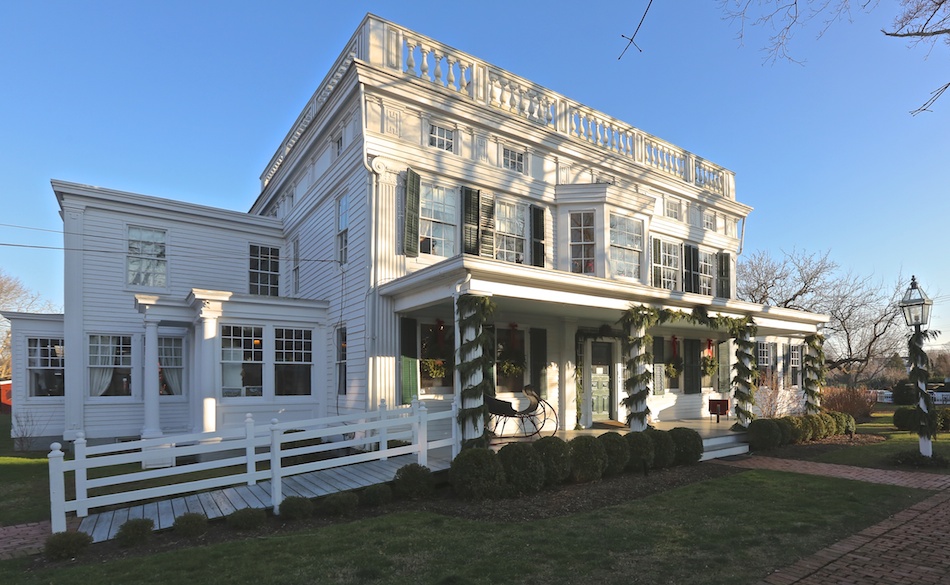
—————————————————-
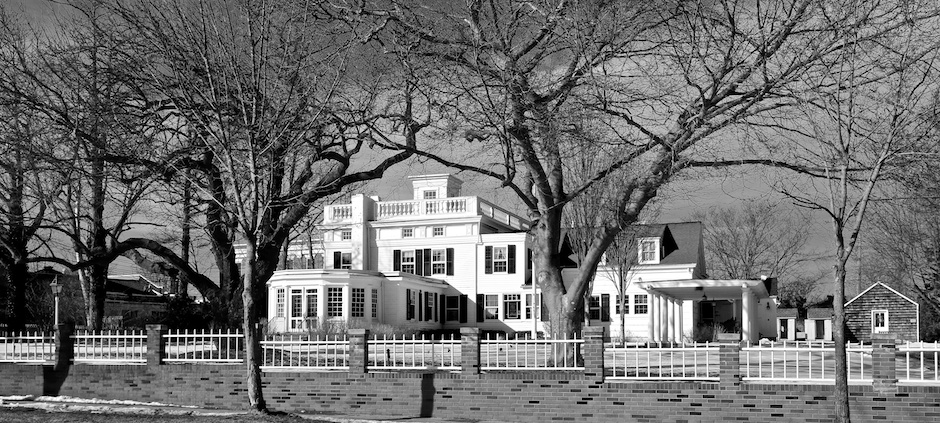
January 31, 2014
—————————————————-
Rogers Mansion c. 1898
 Rogers Mansion c. 1916
This photo shows the mansion after its last addition and how it was viewed from Main Street. The mansion was moved back from the street in 1926 to make way for a series of store fronts.
Rogers Mansion c. 1916
This photo shows the mansion after its last addition and how it was viewed from Main Street. The mansion was moved back from the street in 1926 to make way for a series of store fronts.————————–
Southampton Historical Museum
17 Meeting House Lane
Southampton, New York


